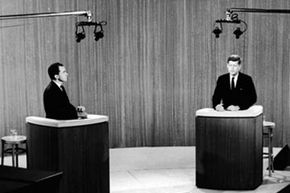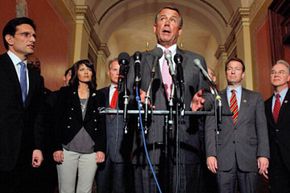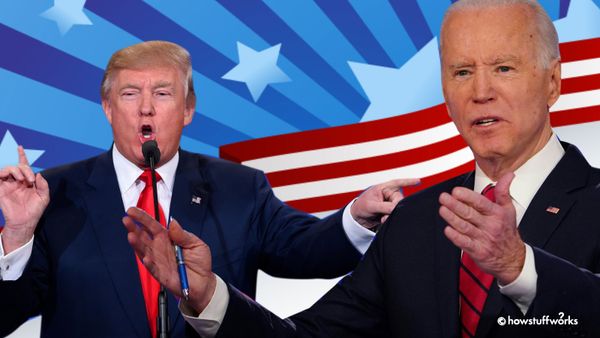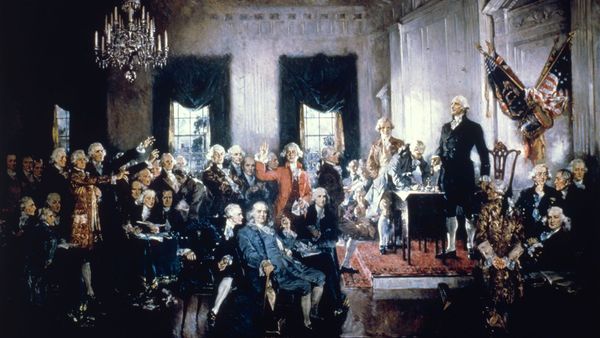In 1959, a young senator wrote an article for a young magazine called "TV Guide" trumpeting the potential for the new medium of television to permanently change the way politics worked. In a little more than a year, that same senator, John F. Kennedy, would be elected president of the United States, thanks in no small part to his charismatic performance in a series of televised debates with opponent Richard Nixon and a TV ad campaign that featured some catchy jingles. Three years later, news coverage of Kennedy's assassination would captivate the country, becoming one of the first major tragedies covered by network news [source: Kaid]. By that time, television's place in shaping the political landscape was undeniable.
Television gave elected officials and candidates for office an unprecedented way to speak directly to millions, face-to-face [source: Dover]. Of course, it didn't take long for that direct contact to be mediated, mostly by the network executives, producers and reporters who put together nightly news programs. Trends like sound bites, talking heads and the dramatic nature of television news coverage have led critics to accuse TV of creating a less factual, more negative form of political coverage [source: Smoller].
Advertisement
Studies have shown that since the advent of TV, the American voting public has become increasingly disenchanted with politics [source: Kraus]. Except for spikes in the 2004 and 2008 elections, voter turnout has steadily declined since 1960, the year the first televised presidential debates were held [sources: Gans, The Museum of Broadcast Communications]. Some argue that the increasingly negative tone of ads and political commentary has driven many to abandon interest in politics [source: Kraus]. TV has also driven a decline in party identification, replacing political parties as the entity in control of political information, as they were in the 1900s [source: Kaid].
On the other hand, the introduction of cable news channels like CNN and Fox News, with their 24-hour coverage, has expanded the scope of political reporting. With so much more air time than nightly newscasts, those channels can provide political coverage with an unprecedented level of depth [source: Smoller]. Those that are politically active today could be considered more engaged than ever. Then again, there are just as many critics who would argue that the cable networks' increasing stress on images, photo ops and sound bites over the issues has driven the level of political discourse into the gutter [source: Smoller].
It may be impossible to say for certain whether TV has been good or bad for American politics. But, to find out about some concrete changes that television has made since Franklin Roosevelt became the first president to speak on television on April 30, 1939, read on [source: Foote].
Advertisement




